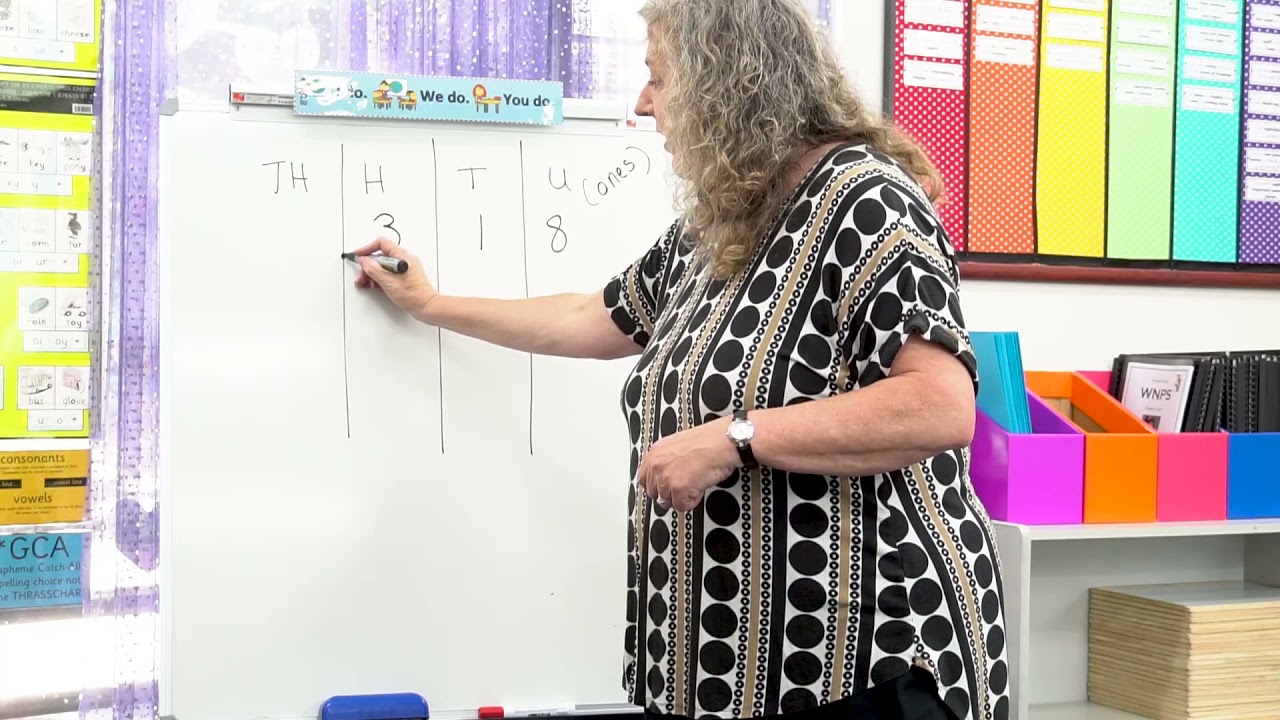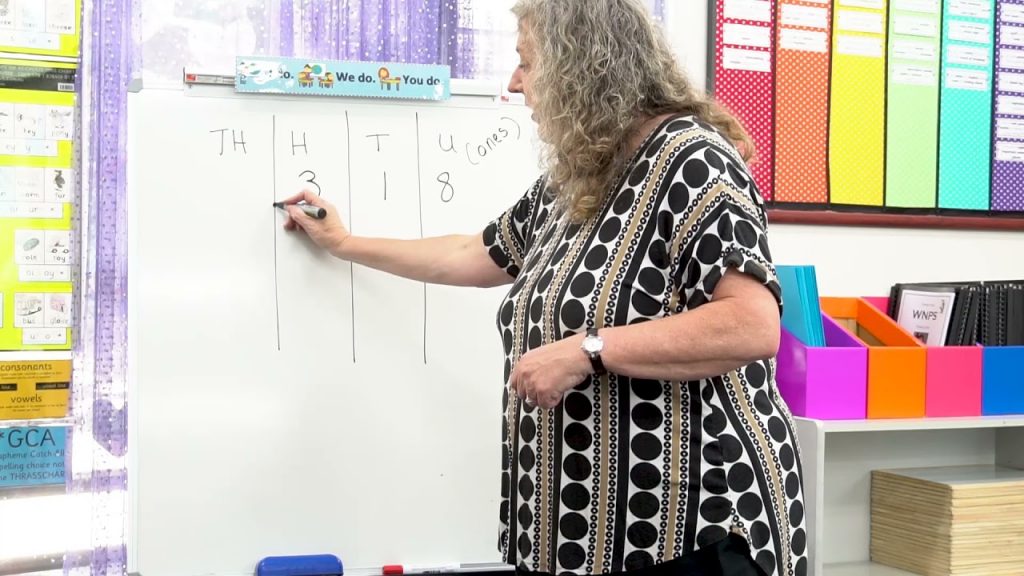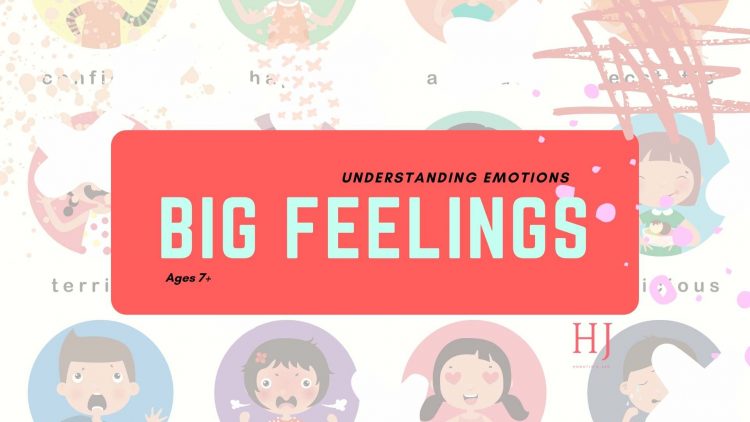Big Feelings - Understanding Emotions
There is a fun activity attached to do with your friends and family.
Print out the pdf sheet and with a marker or pen match the emotions to the faces.
* there is a cheat sheet at the end of the post if you get stuck

Emotions can be soft and fluffy, tingly and electric, heavy and gloomy, hot and sharp.
Emotions are felt in the body as energy, and we describe them as feelings. When we feel nervous, our body might be shaky, we might feel cold and sweaty, and our words don’t come out easily. When we feel angry, our fists can get tight, our face gets hot and red, and our nostrils might flare out when we breathe.
If we feel sad, we sometimes feel heavy and slow, tears might come out from our eyes, and our heart might feel uncomfortable inside our chest. Feelings are important to know and understand, according to experts around the. In the world, there are 35,000 different types of emotions.
If you know your emotions, how they feel and how best to describe them, you are more likely to control them. It is wonderful to have all sorts of feelings and emotions, but sometimes our feelings can take us over, hang around too long and make us feel lonely and uncomfortable when we would rather be out having fun with our friends.
Having emotions is part of everyday life, and sharing how you feel with others is important to your wellbeing. Learning to name your emotions will help you understand them and realise they are similar to the weather, sometimes sunny and fun, sometimes cold and rainy, and other times windy and fizzy. But just like the weather, they change.

——-
PUBLISHER’S DISCLAIMER: The publisher of this blog post (Digital Schools PTY LTD) works in partnership with the school as a 3rd party provider to help build and maintain the school website. Digital Schools sources a range of experts who provide products and/or services to educational institutions and we work with them to produce and publish topical information in the form of blog posts that we think may be relevant, interesting or topical to families within the community. The views, opinions and content listed in this blog post are that of the guest contributor and/or publisher (Digital Schools). It should be noted that whilst the publisher and guest contributors are acting with the best intentions and in the best interests of the school and their community to provide helpful or interesting information, sometimes the content may not necessarily reflect the views of the school.
The information in this blog post is not meant to be used, nor should it be used, to diagnose or treat any medical condition. For diagnosis or treatment of any medical problem, consult your own physician. The school and the publisher of this blog post are not responsible for any person reading or following the information in this article who may experience adverse effects.
Any references to external websites or sources are provided for informational purposes only and do not constitute endorsement by the school or publisher in any way and the publisher and/or school cannot guarantee accuracy of information listed.
If you have feedback on any content on this platform, you can submit it to the publisher using the feedback link provided at the bottom of this page.



